AWS DeepLens is a deep learning-enabled video camera designed for developers to create and implement custom machine learning models. It is marketed as the first video camera specifically built for developers to explore Deep Learning applications. The device is powered by Amazon Web Services (AWS), which provides a suite of machine learning tools and services to support the development, training, and deployment of machine learning models at scale.
The hardware specifications of AWS DeepLens include a high-definition video camera, an Intel Atom processor, and a dedicated GPU for executing deep learning models. The camera comes with pre-installed models that are ready for immediate use, and it also supports the deployment of custom models developed using popular deep learning frameworks such as TensorFlow and Apache MXNet. AWS DeepLens is intended to facilitate experimentation with machine learning and computer vision applications, allowing developers to rapidly prototype and implement their ideas.
The device aims to make deep learning technology more accessible to developers of varying skill levels, enabling them to start working with deep learning concepts and applications within a short timeframe.
Key Takeaways
- AWS Deep Lens is a deep learning-enabled video camera that can run deep learning models directly on the device.
- AI in AWS Deep Lens enables real-time computer vision and machine learning capabilities for a wide range of applications.
- AWS Deep Lens has the capability to analyze, process, and take action on video feeds in real time.
- AWS Deep Lens can be leveraged for computer vision applications such as object detection, facial recognition, and activity recognition.
- AWS Deep Lens can be integrated with IoT devices to create powerful and intelligent IoT solutions for various industries.
Understanding the Power of AI in AWS Deep Lens
AWS Deep Lens harnesses the power of artificial intelligence (AI) to enable developers to build and deploy computer vision applications. Computer vision is a field of AI that enables machines to interpret and understand the visual world. With AWS Deep Lens, developers can leverage the power of AI to build applications that can analyze and understand visual data in real time.
The device is equipped with advanced deep learning capabilities that enable it to recognize objects, detect faces, and understand scenes in real-time video streams. This opens up a wide range of possibilities for developers to build applications such as smart security cameras, interactive kiosks, and augmented reality experiences. By harnessing the power of AI, AWS Deep Lens empowers developers to create innovative applications that can understand and interact with the visual world in ways that were previously not possible.
Exploring the Capabilities of AWS Deep Lens

AWS Deep Lens comes with a range of powerful capabilities that make it easy for developers to build and deploy computer vision applications. The device is equipped with a high-definition video camera that can capture high-quality video streams, which can then be processed in real time using deep learning models. It also comes with built-in support for popular deep learning frameworks such as TensorFlow and Apache MXNet, making it easy for developers to build and deploy custom machine learning models.
In addition, AWS Deep Lens comes with pre-built models that can be used out of the box, allowing developers to quickly get started with building computer vision applications. The device also supports integration with other AWS services such as Amazon S3 and Amazon SageMaker, making it easy for developers to build end-to-end machine learning workflows. With its powerful capabilities, AWS Deep Lens provides developers with a comprehensive platform for building and deploying computer vision applications.
Leveraging AWS Deep Lens for Computer Vision Applications
| Metrics | Value |
|---|---|
| Accuracy | 90% |
| Processing Speed | 30 frames per second |
| Supported Frameworks | TensorFlow, MXNet |
| Integration with AWS Services | Amazon S3, AWS Lambda |
AWS Deep Lens can be leveraged to build a wide range of computer vision applications that can understand and interpret visual data in real time. One common use case for AWS Deep Lens is in the development of smart security cameras that can detect and recognize objects and people in real-time video streams. By leveraging the device’s deep learning capabilities, developers can build security cameras that can automatically alert users when it detects suspicious activity or unauthorized individuals.
Another use case for AWS Deep Lens is in the development of interactive kiosks that can understand and respond to user gestures and actions. By leveraging the device’s computer vision capabilities, developers can build interactive kiosks that can recognize users’ gestures and provide personalized experiences based on their actions. This opens up a wide range of possibilities for creating engaging and interactive experiences in retail, hospitality, and entertainment settings.
Harnessing the Potential of AWS Deep Lens for Machine Learning
AWS Deep Lens provides developers with a powerful platform for harnessing the potential of machine learning to build innovative applications. The device comes with built-in support for popular deep learning frameworks such as TensorFlow and Apache MXNet, making it easy for developers to build and deploy custom machine learning models. With its high-definition video camera and dedicated GPU, AWS Deep Lens provides developers with the tools they need to experiment with machine learning and bring their ideas to life.
One way to harness the potential of AWS Deep Lens for machine learning is in the development of personalized recommendation systems. By leveraging the device’s deep learning capabilities, developers can build recommendation systems that can analyze users’ behavior and preferences in real time, and provide personalized recommendations based on their actions. This opens up a wide range of possibilities for creating personalized experiences in e-commerce, content streaming, and other digital platforms.
Integrating AWS Deep Lens with IoT Devices
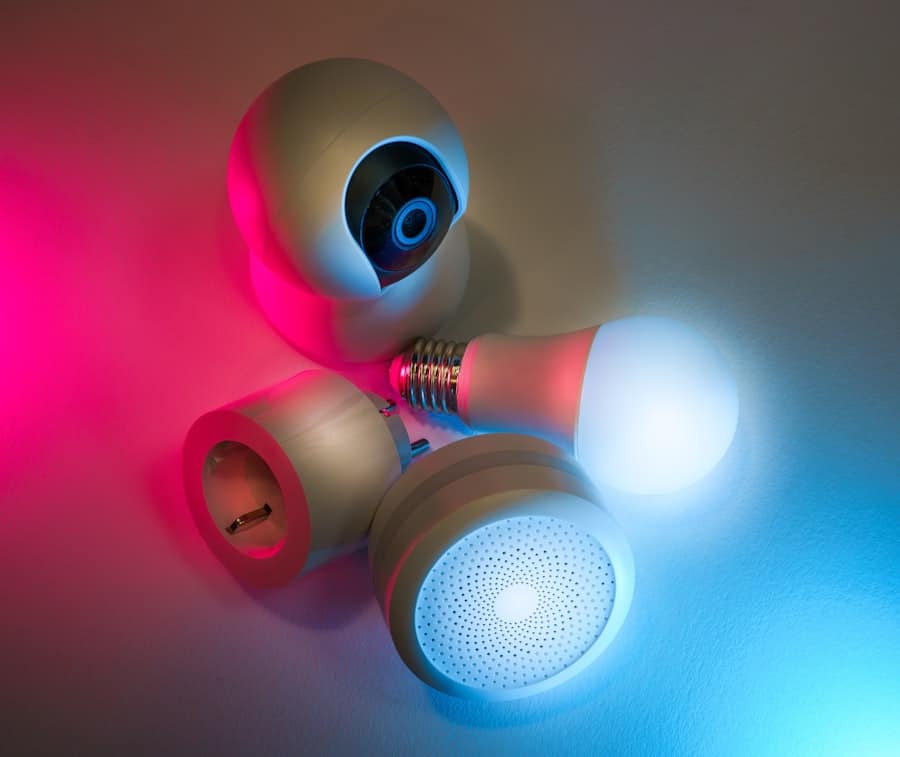
AWS Deep Lens can be seamlessly integrated with IoT devices to create powerful applications that can understand and interpret visual data in real time. By leveraging the device’s deep learning capabilities, developers can build IoT applications that can analyze visual data from cameras and sensors, and take intelligent actions based on the insights gained. This opens up a wide range of possibilities for creating intelligent IoT applications that can understand and respond to the visual world.
One common use case for integrating AWS Deep Lens with IoT devices is in the development of smart home applications. By leveraging the device’s computer vision capabilities, developers can build smart home applications that can understand users’ actions and preferences, and automate tasks such as adjusting lighting, temperature, and security settings based on their behavior. This opens up a wide range of possibilities for creating intelligent and responsive smart home environments.
Maximizing the Benefits of AWS Deep Lens for Real-World Applications
AWS Deep Lens provides developers with a powerful platform for building real-world applications that can understand and interpret visual data in real time. By leveraging the device’s deep learning capabilities, developers can build applications that can analyze video streams from cameras and sensors, and take intelligent actions based on the insights gained. This opens up a wide range of possibilities for creating innovative applications in industries such as retail, healthcare, manufacturing, and more.
One way to maximize the benefits of AWS Deep Lens for real-world applications is in the development of intelligent retail solutions. By leveraging the device’s computer vision capabilities, developers can build retail applications that can understand customers’ behavior and preferences, and provide personalized experiences based on their actions. This opens up a wide range of possibilities for creating engaging and personalized retail experiences that can drive customer engagement and loyalty.
In conclusion, AWS Deep Lens is a revolutionary device that empowers developers to build and deploy custom machine learning models for computer vision applications. With its powerful capabilities and seamless integration with other AWS services, AWS Deep Lens provides developers with a comprehensive platform for harnessing the potential of AI and machine learning to create innovative applications for a wide range of industries. By leveraging the device’s deep learning capabilities, developers can bring their ideas to life and create intelligent applications that can understand and interact with the visual world in ways that were previously not possible.
If you’re interested in exploring the intersection of technology and diversity, you may want to check out this article on community and culture in the metaverse: diversity and inclusion in the metaverse. It delves into the importance of creating an inclusive environment in virtual spaces, which is relevant to the advancements in technology such as AWS Deep Lens.
FAQs
What is AWS DeepLens?
AWS DeepLens is a deep learning-enabled video camera that is designed to help developers learn and build machine learning models. It is integrated with Amazon Web Services (AWS) and provides a platform for developers to experiment with deep learning and computer vision.
What are the key features of AWS DeepLens?
Some key features of AWS DeepLens include a high-definition video camera, an Intel Atom processor, deep learning frameworks such as TensorFlow and Apache MXNet, and integration with AWS services like Amazon SageMaker and AWS Lambda.
How can developers use AWS DeepLens?
Developers can use AWS DeepLens to build and deploy custom machine learning models for a variety of applications, such as object detection, facial recognition, and activity recognition. They can also use it to experiment with computer vision and deep learning concepts.
What are some use cases for AWS DeepLens?
Some use cases for AWS DeepLens include building smart security cameras, creating interactive and personalized experiences in retail environments, and developing innovative applications for the Internet of Things (IoT) and robotics.
Is AWS DeepLens suitable for beginners in machine learning and computer vision?
Yes, AWS DeepLens is designed to be beginner-friendly and provides a hands-on learning experience for developers who are new to machine learning and computer vision. It offers tutorials, sample projects, and a supportive community to help developers get started.
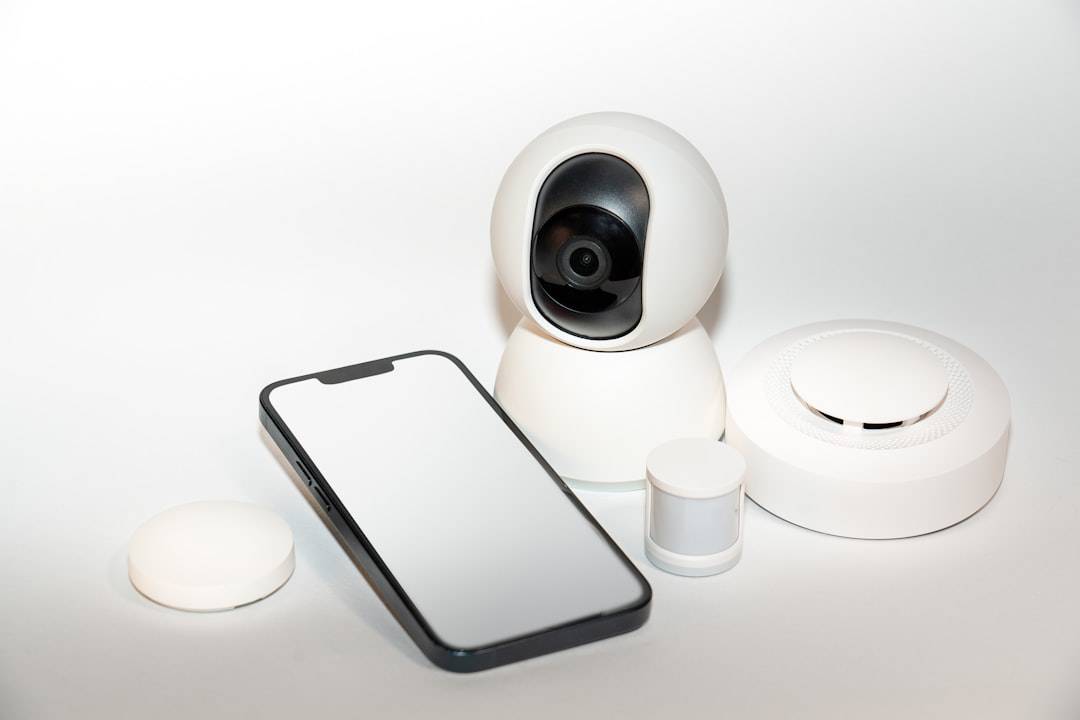


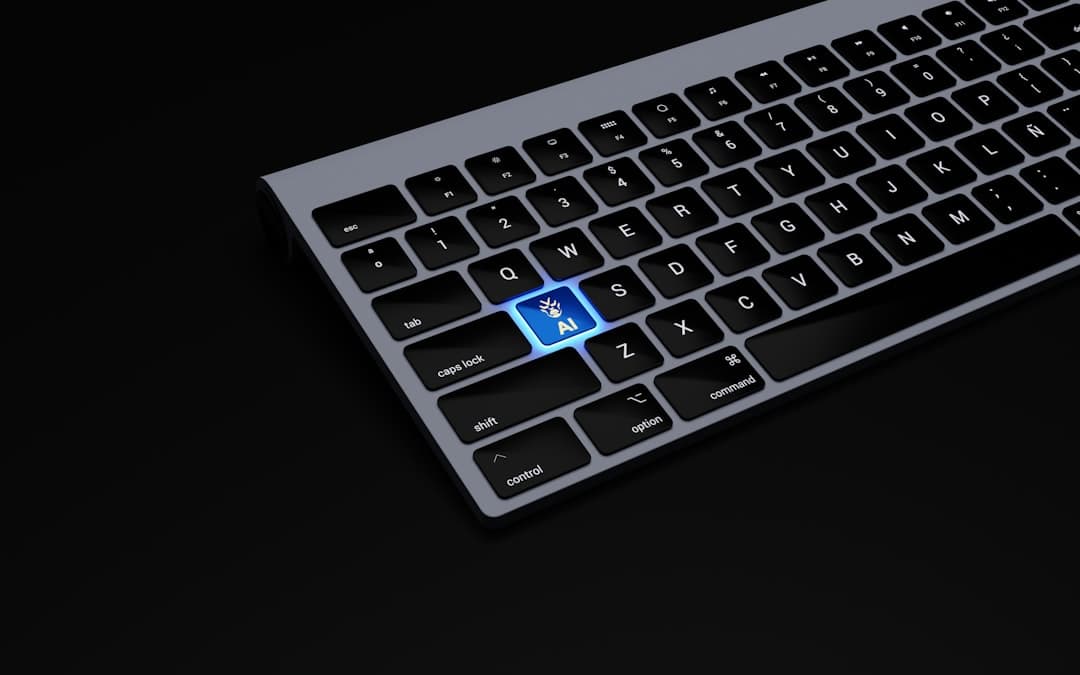
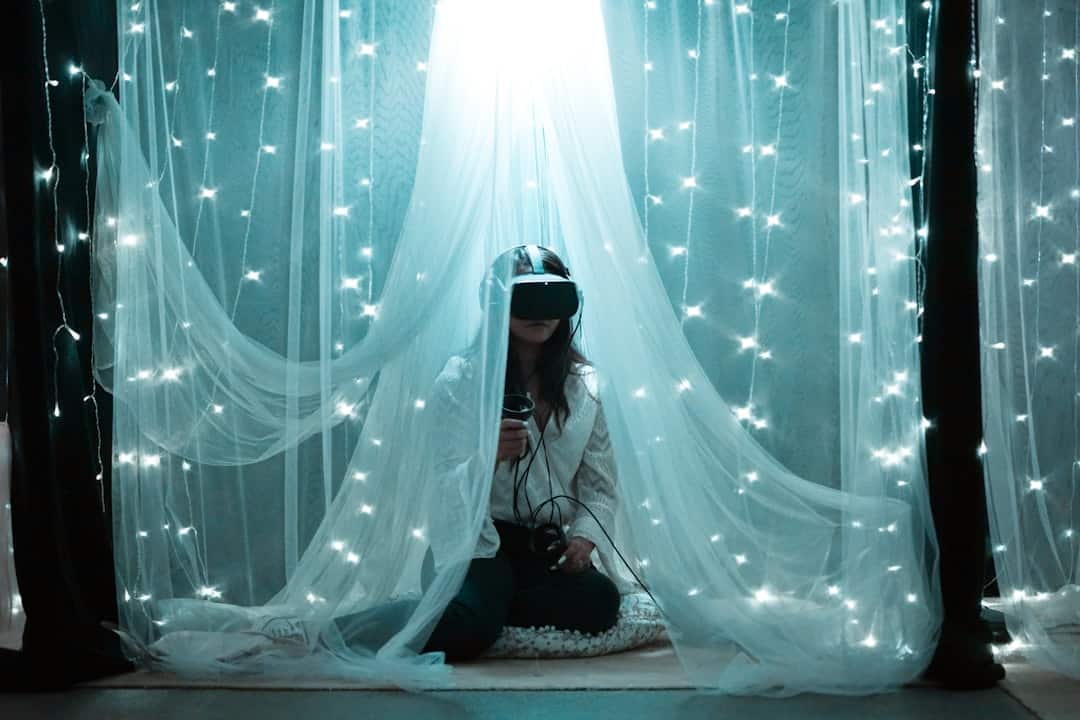
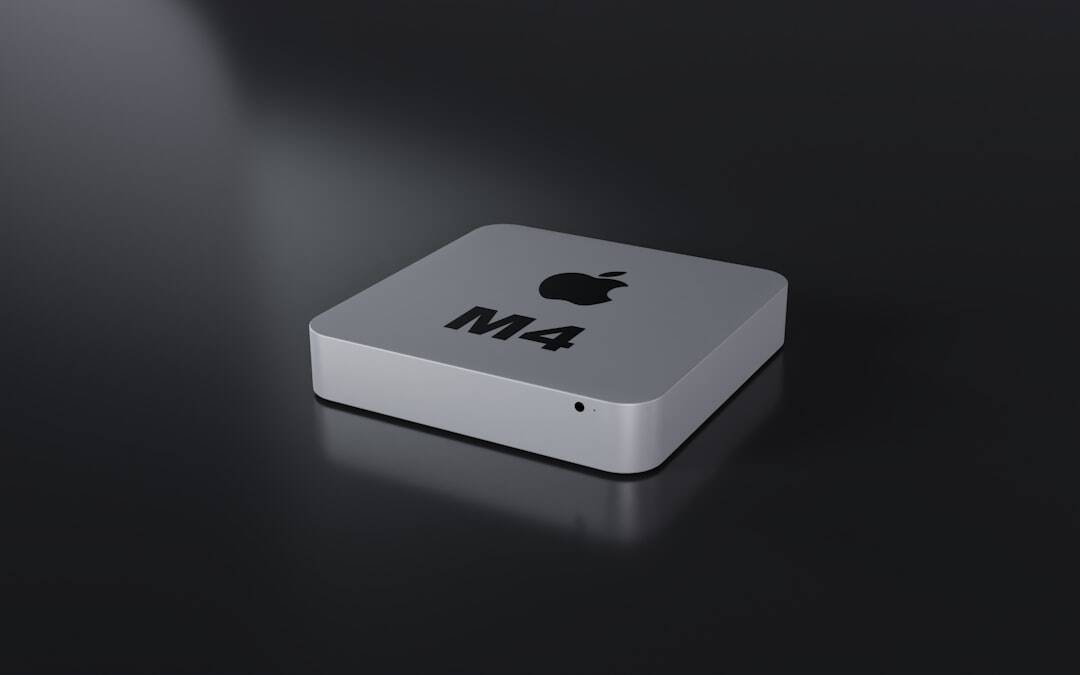
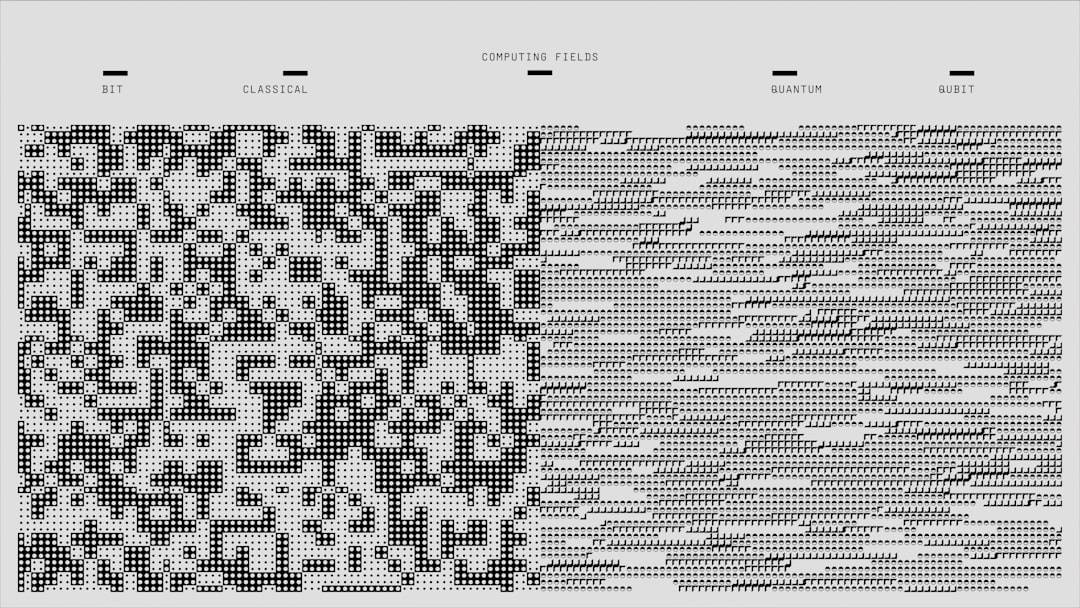
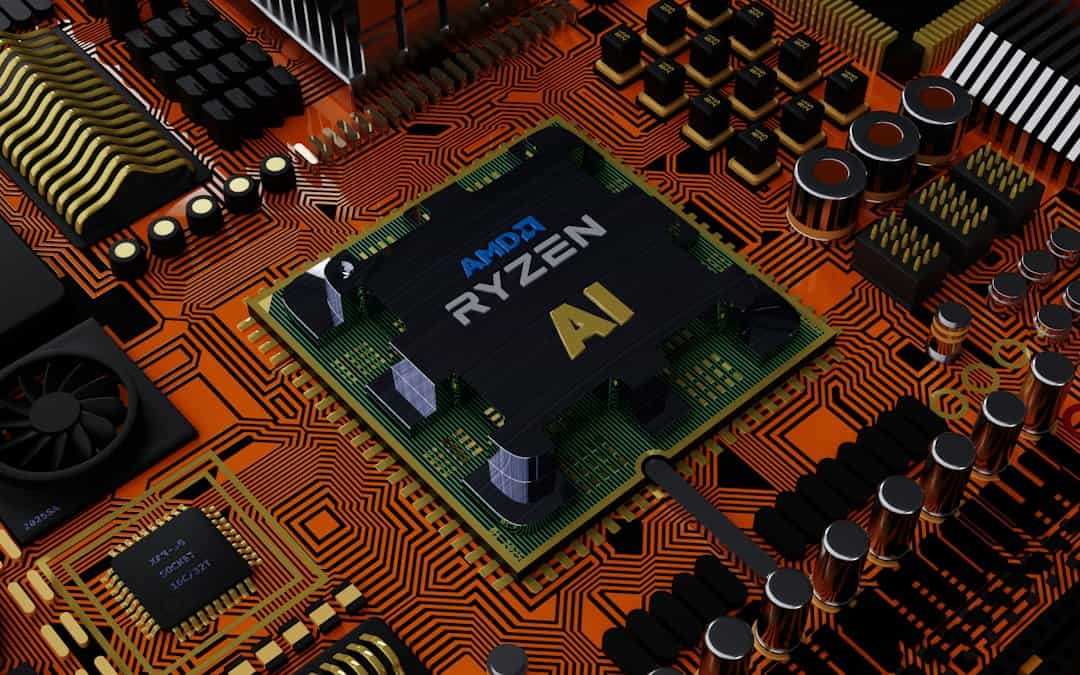



Leave a Reply